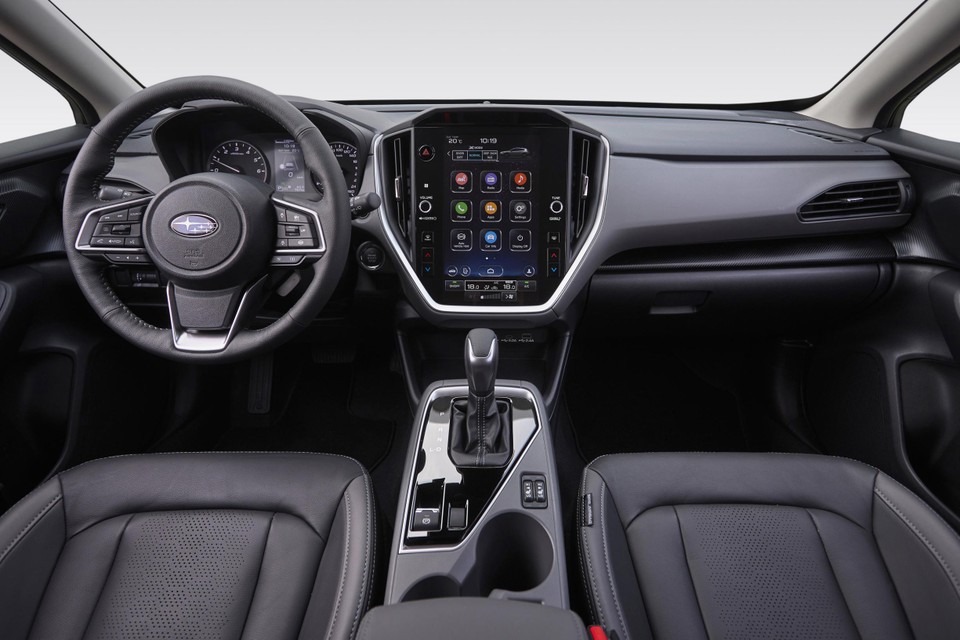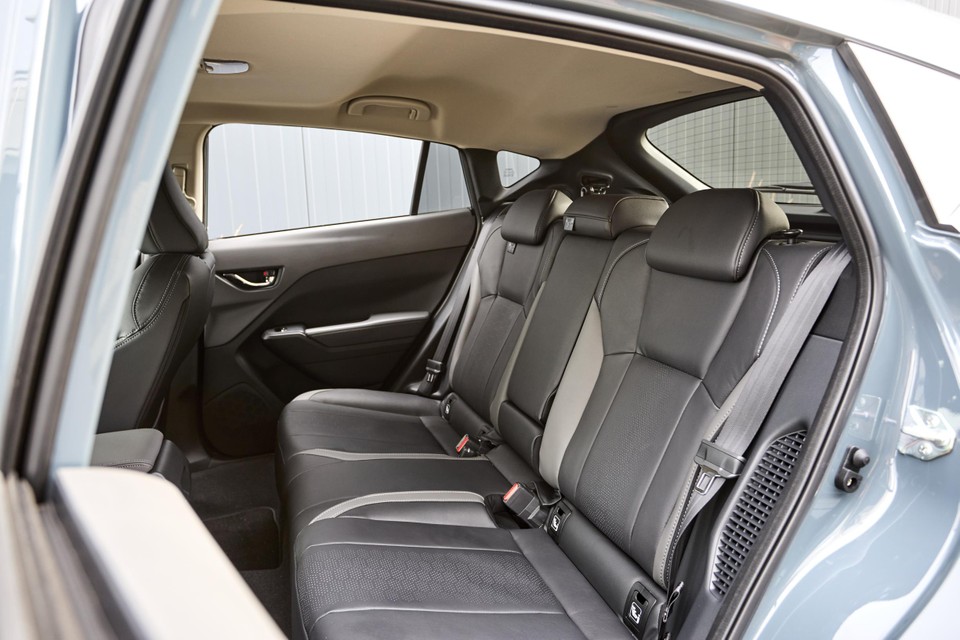In North America, the XV was known as the ‘XV Crosstrek’ from the first generation and then simply the Crosstrek. Perhaps it is only logical that Subaru’s most important market preference will now also lead the rest of the world. In fact, it perfectly matches the outdoor enthusiasts for whom this third generation ‘Crossover Trekking’ is perfectly intended. Despite the increase in generation, we cannot talk about a completely new car. Instead, see it as an improvement over the previous model. For example, the specs are almost identical and the Crosstrek is still only offered in Europe with the 2.0 hybrid e-boxer engine and all-wheel drive. Although with only 136 instead of 150 hp to comply with current emission regulations. Consumption is low, so that CO2 emissions of 174 g/km will add up to about 17,000 euros in bpm at an as-yet-unknown price. Since the car will basically be a little more expensive than its predecessor, a starting price of not less than 50,000 euros must be considered.
© Karazu Media
Tests
Still here? Then we can talk about the car. At least to some extent, since the first introduction involved taking a number of tests at the test site. Starting with (and impressing) the off-road, where the Crosstrek can do things that are unthinkable for the average mid-size car. You can make it as steep, downhill or smooth as you like, with permanent four-wheel drive and software that locks the spinning wheels so the power ends up in tight spots, the Subaru holds its own. From now on, it will do this as standard on all-season tires, which, together with the new 4×4 control and the modified chassis, have deleted the last few changes to the platform. In exchange for even more stability, the Subaru is now significantly less controlled and steers into corners with the required restraint. In snow – or simulated snow in the form of an epoxy rain belt – the Crosstrek can now basically be steered in the right direction by applying 60 percent of the vehicle’s torque to the front wheels.
Despite the low center of gravity of the driving car, the comfortable chassis and high ground clearance ensure essential body movements for a smooth driving style, but stable handling is guaranteed under all conditions. If necessary, with a well-trained ESP.
Drive
Low power is exactly what this car didn’t need, as a non-turbo car with a CVT automatic transmission was never good for power or high-end response. When driving from a standstill or at a low city speed, the motor 17 hp and 66 Nm of electric power still provides something of a smooth response, but as soon as two liters and its small 182 Nm is alone, you have to wait patiently until the desired speed is reached, with the boxer-four making a loud growl in an interior that’s turbulent and uninspiring for a solid car. You can’t deny the drivetrain’s lack of flexibility. Switching to an electric brake booster means that the pedal is now applied very suddenly and poorly controlled. There is nothing bad to say about the controls. The transmission is not automatic, the resistance is pleasant and the feedback is excellent for a modern car.
© Karazu Media
Design and materials
Subaru’s angular design language as well as the plastic contrast parts are well suited to the Crosstrek and emphasize the rugged character that comes with off-road performance. The interior has undergone the most significant changes. Even Subaru has to keep up with the pace of nations and cannot avoid the use of a large central infotainment screen. Relatively large in size, it is not necessarily the most sophisticated in terms of functionality, although wireless smartphone connectivity is not lacking, for example. Some climate functions are already included on the screen, but fortunately Subaru also remains faithful to the use of adequate physical buttons. Significant progress has been made with the seats compared to the outgoing model. The fit is good, the space in the car is excellent. The space in the back and in the luggage compartment has remained more or less the same and is therefore still roughly according to the segment. The same applies to the perception of quality, which has improved significantly at Subaru in recent years.
The brand understands that it has to spend a lot of money to maintain any competitive position. So, standard equipment is fine. But most surprisingly, the navigation function of the infotainment system is optional. What you get is a laundry list of active and proactive safety features, some of which rely on the Subaru Eye stereo camera above the windshield, which now has radar added. It is a system that we have learned to appreciate in previous (endurance) tests with vehicles from the brand for its flawless effect in preventing collisions and useful long-distance assistance with cruise control and steering assistance that you can rely on. Even then, the overall Crosstrek is so special that, apart from the same group of brand fans that always generate a few hundred to a few hundred sales in the first two years of a new model, it will be hard to find more. buyers until it runs out can be imported and the head cut off for a few years. Then we highly recommend…
© Karazu Media
Final decision
Subaru’s best seller, despite its unrelenting and reliable, safe image, is still a unique guest with very special characteristics. But to be able to sell it in the Netherlands, a different drivetrain is very much needed.
Together: performance on slippery and unpaved surfaces, stable handling, standard equipment.min: possible price, lifeless training, uninspiring care.



























